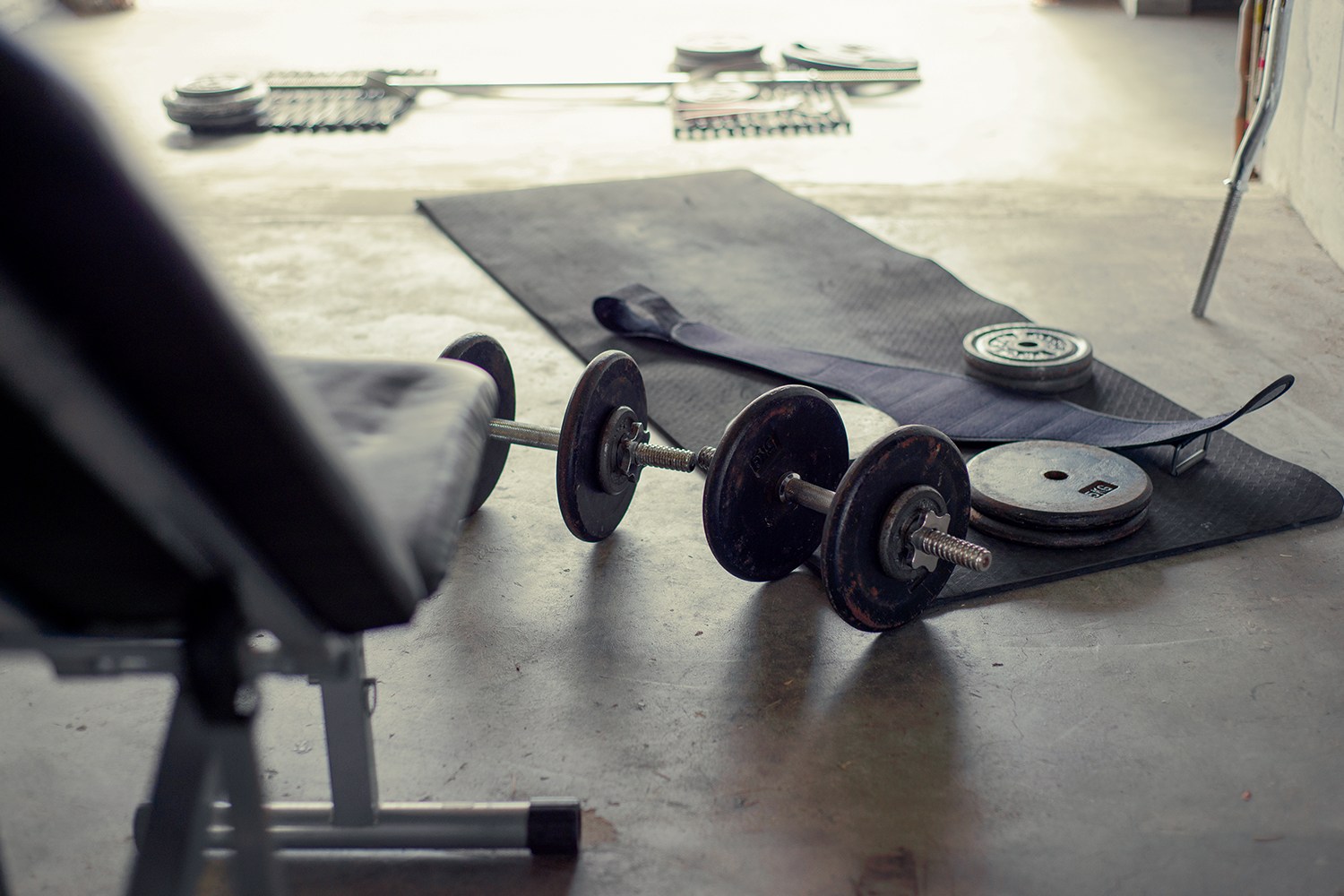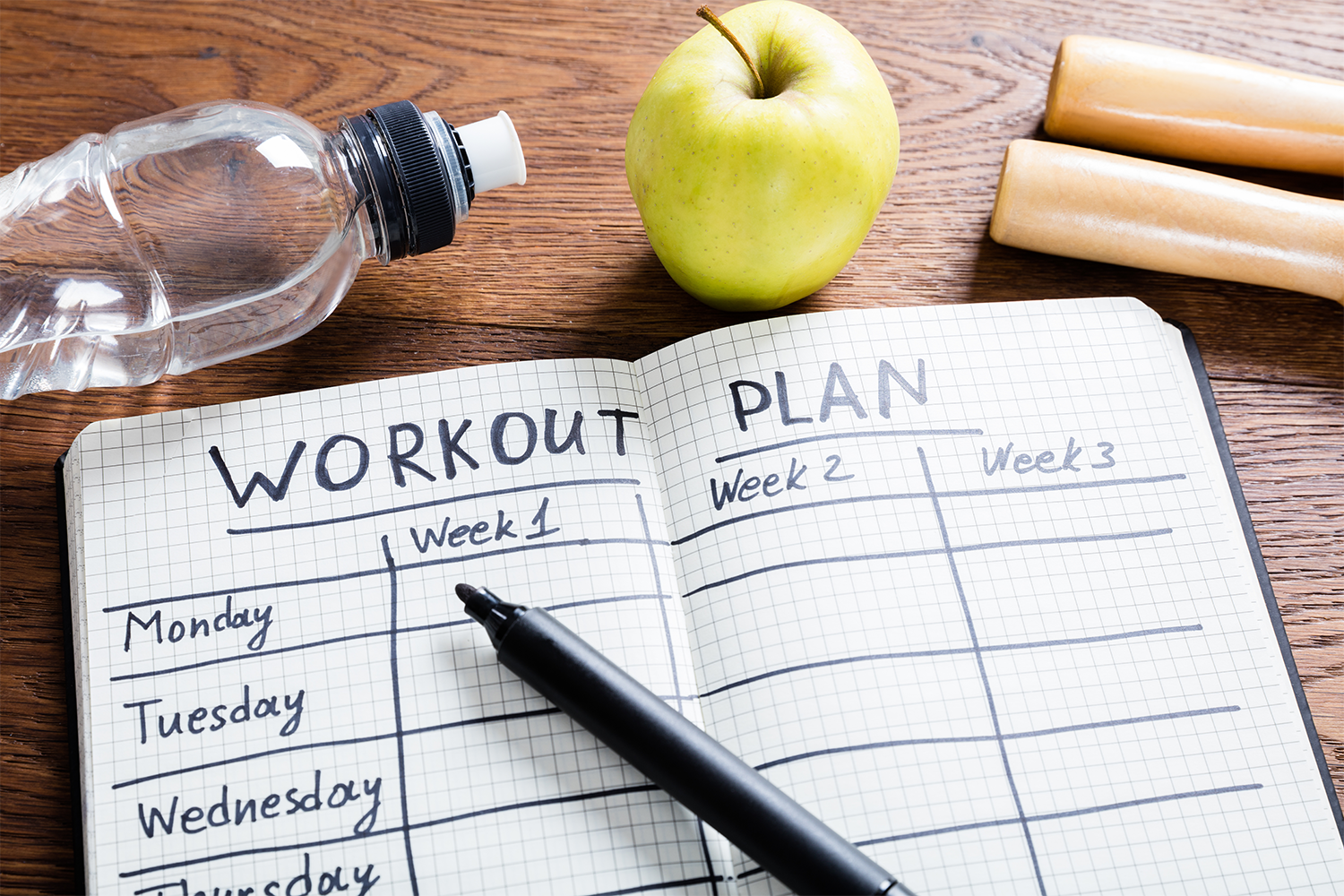When you think about the term resistance training, what do you picture? Do you think of bodybuilders, or possibly those who spend three hours a day at the gym? You may better recognize the term resistance training as strength training.
What you might not realize is that resistance training carries multiple benefits for all ages, whether you’re a young teenager or an elderly adult.
With resistance training, you can still target major muscle groups when you utilize resistance training exercises. If you are looking to build muscle, boost intensity, and change your body composition, it may be worth your time to look into a resistance training program.
Whether you are a beginner in the resistance training world or have been training for a while, we have all the information you need to know about resistance training. Let's get started.
What Is Resistance Training?
As mentioned above, resistance training may be better understood by the term strength training. It was once thought that this type of training was reserved for professional weightlifters or athletes, but we now see its benefits on all individuals.
This training involves a variety of aerobic and flexibility activities. It is described as any physical activity that results in the muscles working against a weight or force, where the term resistance training is derived from.
In resistance training, your repetition maximum, tempo, and frequency will shift as you become stronger, and strength gains and muscle size will increase. Progress varies upon the person.
Forms of Resistance Training
There are two types of resistance training, known as isotonic exercise and isometric exercise. These are both excellent forms of resistance training, and both should be incorporated into your workout for maximum results.
-
Isotonic Exercise: Refers to any movement made by your muscle groups against any type of resistance.
These muscle groups could include your legs, arms, stomach, or back while the resistance can be lifting weights, using resistance bands, or incorporating your body weight into the routine.
- Isometric Exercise: Involves movement in which the muscle group is held in one place against resistance with no movement from the joint. Examples of this may include wall sits, plank holds, etc.
Reps and Sets
When it comes to the number of repetitions and sets in resistance training, this depends upon your training goals.
For example, if your goal is to build the size of your muscle, this will differ in reps and sets compared with a goal of muscular endurance. There are some guidelines listed below to follow for each goal, but choosing the weight will be up to you and what you can handle.
Remember that the term rep stands for repetition and refers to how many exercises are done per set. For example, if you plan to do six reps of 10 sets of bicep curls, you will complete a minimum of six curls on each arm, take a break, then complete another 6. Continue this process until you complete all 10 sets.
- Muscle tone: 8-12 reps with 1-3 sets
- Muscle strength: 1-6 reps with 3-8 sets
- Muscular endurance: 12-20 reps with 2-6 sets
- Muscular size: 6-20 reps with 3-8 sets
Targeting Different Muscle Groups
When it comes to resistance training, it’s important to hit all muscle groups. This can be done by balancing your workout routine to target different muscle groups at other times of the week. For example, you can plan to work the arms one day, the legs another day, and the back and core the third day.
Although you can engage in more if desired and safe, the recommendation is to do resistance training two to three non-consecutive days a week.
What Are The Benefits of Resistance Training?
There are many benefits to resistance training:
- Strengthens the bones, joints, and muscles, supporting good posture and reducing the risk of injury
- Strengthens the heart, increases oxygen supply, and maintains healthy blood pressure and cholesterol levelsImproves overall mood
- Promotes muscle hypertrophy
- Improves insulin sensitivity
- Aids in a sharper brain, which supports memory and thinking skills
- Maintains healthy blood sugar levels
- Increases calorie burn throughout the day
- Increases overall endurance
- It eases feelings of stress and tension and supports mental health
Some Tips on Resistance Training
There are several tips regarding safe resistance training. Follow these suggestions to make the most out of your exercise routine and keep you safe and healthy!
- Ensure a proper technique and ask for help if you aren’t sure you are doing the exercise correctly.
- Start out slowly and increase your weight as tolerated.
- Ensure that your equipment is working well to decrease your risk of injury.
- Breathe during the exercise! Exhale during the exertion and inhale during the easier part of the exercise.
- Make sure the free weights are well controlled, so you don’t drop them on yourself.
- Utilize bodyweight exercises
- Perform exercises that target more than one group of muscles
- Ensure a strong stance and body positioning when lifting.
- Make sure you utilize the full range of motion. This will assist in hitting the muscle in all areas. If you are unable to use the full range of motion, switch to a lighter weight.
- Ensure that you are dressed appropriately in closed-toe shoes and flexible clothing that allow you to lift adequately.
- Ensure that your posture is correct in order to decrease your chance of injury.
- When your set is done, place the weights on the ground. Don’t put them anywhere unsturdy, as they might roll off and end up injuring you!
-
If you feel sick, give yourself a break. In addition, don’t push yourself so hard that you become burnt out and injured. Engage in two to three days of resistance training as recommended and allow yourself days of rest.
Your muscles need to rest and repair for a duration of time for your next workout session to be successful. In addition, a muscle group needs 24 hours to recover after working out, so take turns targeting different muscle groups and don’t over-exhaust one specific area.
- If you are injured, stop working out! See your healthcare provider and determine what you are capable of doing without further irritating your injury.
Where Can I Resistance Train?
-
At the Gym: When you think of strength training or building muscle mass, the gym is probably the first thing that comes to mind. And you would be right! This is a great location for this type of workout. You can use the dumbbells, kettlebells, or workout machines that are available.
In addition, gyms have areas that are specifically focused on strength training. Whether you pick up some dumbbells and create your exercises or use the equipment available, this is a great place to get your workout going!
-
At Home: As mentioned above, you probably think of the gym when it comes to strength training. Be your own personal trainer, but in the comfort of your own home. However, have you thought about doing this training at home?
Whether you have a section of your garage, basement, back porch, or even your living room, this exercise can be accomplished almost anywhere. You have multiple options for how this is done.
Either invest in some resistance bands, dumbbells, or even a rowing machine or choose to use your own bodyweight. In addition, you can find multiple free videos on YouTube to guide your resistance strength training routine. Don’t get lazy just because you can’t make it to the gym one day!
Do I Need Special Equipment for Resistance Strength Training?
While resistance training can be done with your body weight alone, some equipment will assist in a more effective workout:
- Barbell
- Dumbbells
- Kettlebells
- Resistance bands
- Medicine balls
- Weight machines
- EnergyFit’s rowing machines
Body Weight Resistance Training
If you prefer to do resistance training with only your bodyweight, several exercises can accomplish this:
- Squats
- Push-ups
- Lunges
- Situps
- Pullups
- Planks
- Step-ups
- Wall sits
EnergyFit’s Role In Resistance Training
If you are looking to invest in a resistance training machine that can be used in your own home, EnergyFit might be the thing you need! You have the option to choose between the Ski-Row Air or the Ski-Row Air+PWR, both of which provide rowing, skiing, and HIIT workout options.
When considering resistance training at home, these machines will fit all of your workout needs. Some of the following are exercises as well as video tutorials that can be done with EnergyFit’s rowing machines:
- Biceps curl
- Arms only row
- High row
- Reverse overhead row
- Single-arm row
- Single leg row
- Alternating arms
- Alternating reverse lunge
- Butterfly
- Plyo jump
- Overhead triceps extension
- Single leg triceps pull down
- Staggered leg skiing
- Woodchopper
- Straight arm pulldown
Resistance Training With EnergyFit
When it comes to resistance training, this is beneficial for any age, whether you consider yourself to be young or old! Doing a combination of exercises, such as isotonic and isometric, are important in working for all muscle groups and getting the most out of your workout.
Remember that strength training can be done anywhere, from the gym with weights to your living room with your own body weight. Muscle growth can be achieved with resistance training if you stay consistent with your workout routine.
Don’t avoid strength training because you think it’s only for bodybuilders. Get in there, consider investing in a rowing machine, and get moving!
Resources:
RESISTANCE TRAINING: HEALTH BENEFITS AND RECOMMENDATIONS
Exercise Guide: Strength Training
NMSU: The Benefits of Strength Training and Tips for Getting Started
Body-weight training: Is it effective for strength training?





Leave a comment
All comments are moderated before being published.
This site is protected by hCaptcha and the hCaptcha Privacy Policy and Terms of Service apply.